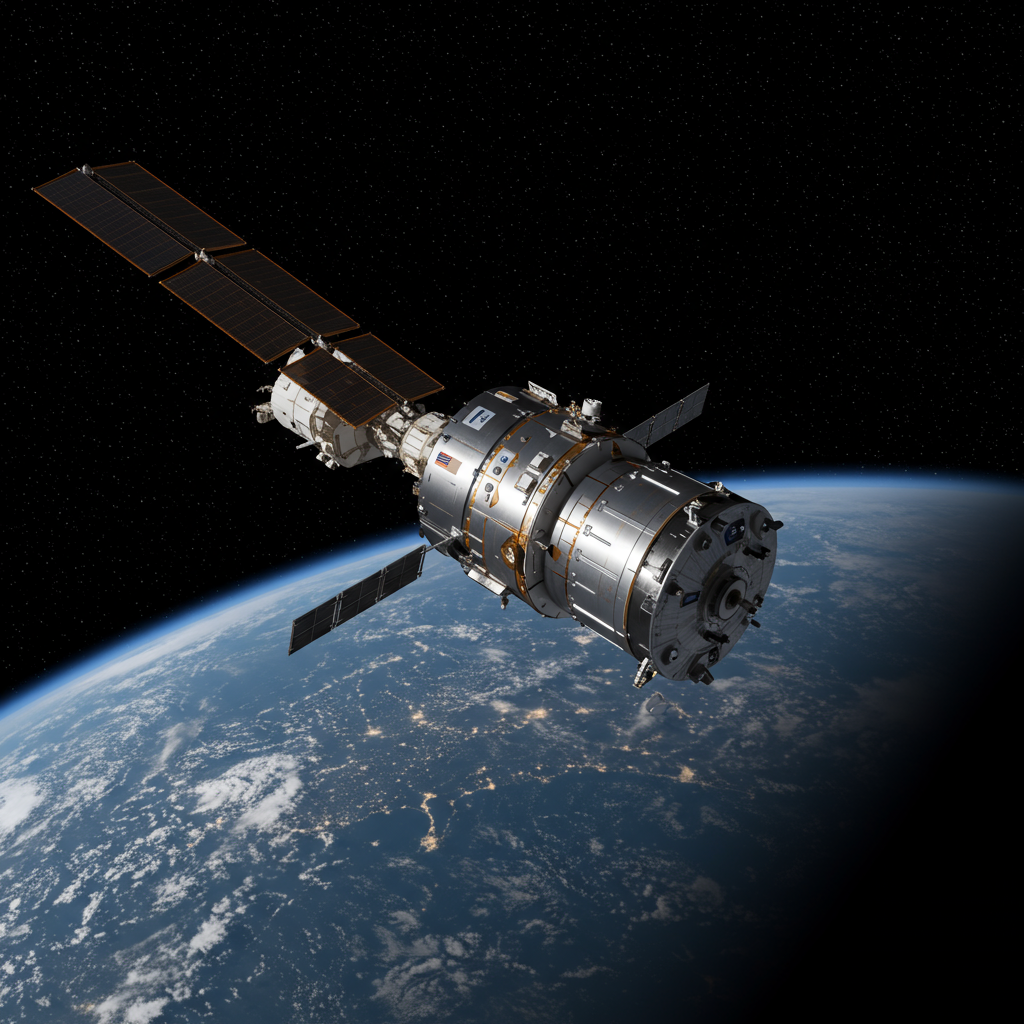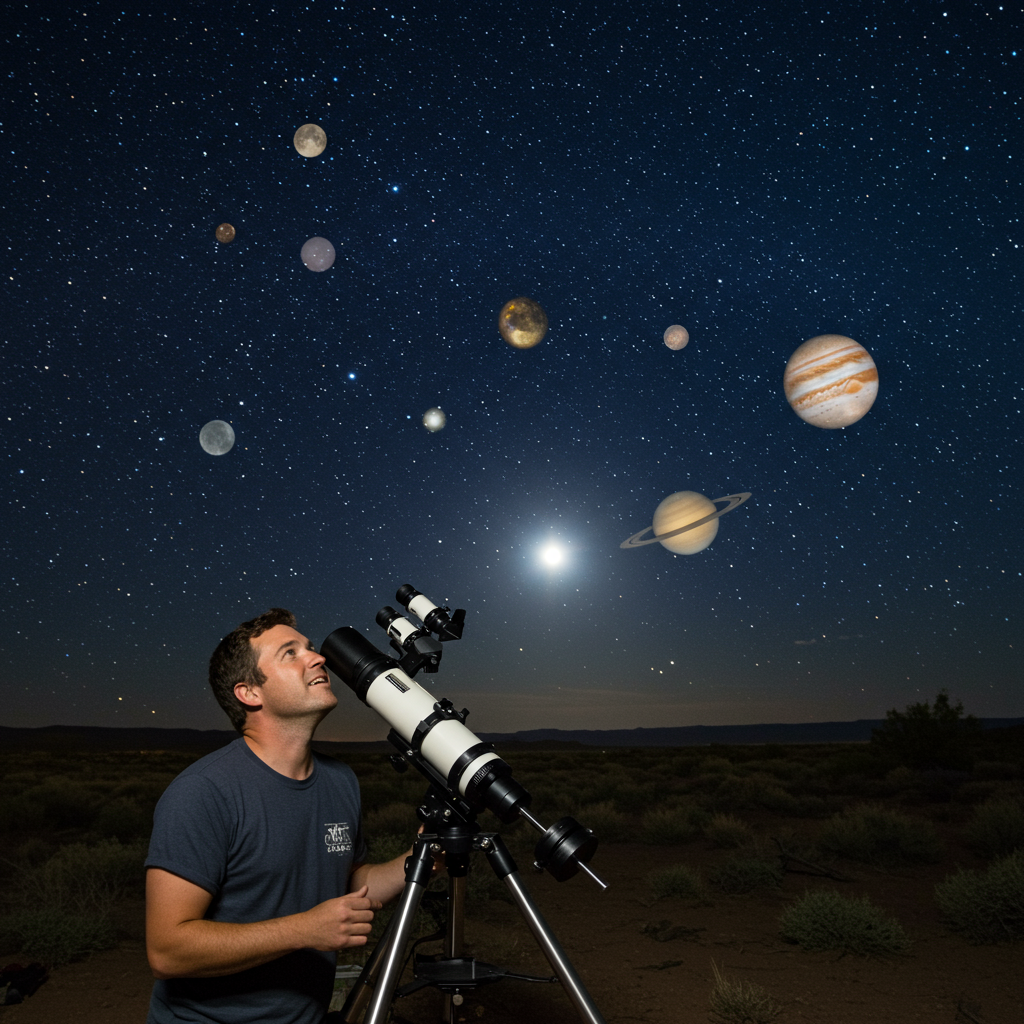The International Space Station (ISS) recently welcomed a significant upgrade in its resupply capabilities as Northrop Grumman’s inaugural Cygnus XL spacecraft, designated NG-23, successfully launched and began its journey to the orbital outpost. This pioneering mission, marking a new era for space logistics, underscores the expanding collaboration within the commercial space sector and promises enhanced scientific research potential. The advanced Cygnus XL, with its substantially increased cargo volume, is poised to deliver vital supplies and groundbreaking experiments, solidifying the ISS’s role as a hub for innovation and human exploration.
A Powerful Launch for a Critical Mission
On September 14, 2025, a SpaceX Falcon 9 rocket thundered off from Space Launch Complex 40 (SLC-40) at Cape Canaveral Space Force Station in Florida. The launch occurred precisely at 6:11 a.m. EDT (2211 UTC), initiating the NG-23 mission. This event was particularly notable as it represented the first flight of a larger, more capable Northrop Grumman Cygnus XL spacecraft. The mission highlights a strategic partnership where SpaceX’s reliable launch services facilitate Northrop Grumman’s crucial cargo deliveries to NASA and the ISS.
The Falcon 9 booster, identified by its tail number B1094, performed its fourth successful flight. This seasoned booster had previously supported Starlink satellite deployments and two astronaut missions: Axiom Mission 4 and NASA’s Crew-11. Approximately eight minutes after liftoff, the booster executed a flawless single-engine landing at Landing Zone 2 at Cape Canaveral Space Force Station, shaking the Space Coast with a sonic boom. This landing marked one of the final operations at this specific site, as SpaceX prepares to activate a new, adjacent landing pad at SLC-40 by early 2026, further streamlining its rapid launch and recovery efforts. The efficiency and cost-effectiveness of reusable rocket technology continue to reshape space transportation.
Cygnus XL: A Leap in Cargo Capacity
Just over 14 minutes into the flight, the state-of-the-art Cygnus XL spacecraft detached from the Falcon 9’s upper stage, commencing its more than two-day transit to the ISS. A crucial milestone was achieved about 90 minutes post-launch when NASA confirmed the successful deployment of the two distinctive circular UltraFlex solar arrays, which provide power to the cargo vehicle. This upgraded Cygnus variant boasts a remarkable 33 percent greater volume for cargo compared to its predecessor. Ryan Tinter, Vice President of Civil Space Systems at Northrop Grumman, highlighted this expansion, noting the new spacecraft is roughly equivalent in size to two Apollo command modules.
The enhanced capacity of the Cygnus XL is a game-changer for ISS operations. It means more scientific experiments, more crew provisions, and more spare parts can be transported with each mission, optimizing the cost per kilogram of cargo delivered. This particular mission, NG-23, is the 22nd flight for a Cygnus spacecraft under the Commercial Resupply Services 2 (CRS-2) contract, managed by Northrop Grumman. To date, Northrop Grumman has delivered over 71,000 kg of essential supplies and science to the space station, continuously partnering with NASA to meet evolving orbital needs.
A Tribute and Strategic Berthing
Keeping with a cherished tradition, Northrop Grumman named the Cygnus XL spacecraft the S.S. William “Willie” C. McCool. This designation honors the pilot of the Space Shuttle Columbia’s ill-fated STS-107 mission, commemorating his impactful legacy in space exploration. The S.S. William “Willie” C. McCool carried over 11,000 pounds (4,990 kg) of critical science and supplies for its maiden voyage.
Upon its arrival, the cargo vehicle was scheduled to be captured by the ISS’s robotic arm (Canadarm2) around 6:35 a.m. EDT (1035 UTC) on Wednesday, September 17. NASA astronaut Jonny Kim was tasked with controlling the robotic arm for the grapple, with Zena Cardman monitoring the approach. Berthing to the Earth-facing port of the Unity module (Node 1) was planned to commence around 8 a.m. EDT (1200 UTC). The Cygnus XL is anticipated to remain attached to the ISS until the late spring timeframe.
The larger footprint of the Cygnus XL necessitated extensive coordination. Dina Contella, NASA’s ISS Program Deputy Manager, emphasized the collaborative effort: “Our ISS team has worked hand-in-hand with Northrop Grumman to assess how their spacecraft changes affect ISS in our operations.” She noted that NASA had to consider potential thermal and life support impacts from a larger vehicle berthed to the station, alongside implications for Canadian robotic arm operations.
Operational Flexibility and Future Contingencies
The mission plan includes a strategic maneuver to ensure ongoing ISS operations. In November, NASA intends to temporarily un-berth the Cygnus XL. This measure will clear a path for the arrival of a crewed Russian Soyuz spacecraft on the MS-28 mission, demonstrating the station’s dynamic operational requirements. Contella confirmed that if re-berthing the Cygnus XL proves unfeasible, it would be filled with trash and released in November, an operational contingency considered manageable. This is due to the simultaneous trash removal capabilities offered by Japan’s HTV-X vehicle, which will also be berthed during this period. Such flexibility ensures the ISS remains fully operational and responsive to mission demands.
Cutting-Edge Science Onboard the Cygnus XL
Beyond essential supplies and spare parts, the NG-23 mission transported a treasure trove of scientific hardware and provisions for over 50 diverse studies and research facilities. Dr. Liz Warren, Associate Chief Scientist for NASA’s ISS Program Research Office, highlighted the breadth of investigations. Among the most anticipated is a follow-up experiment focusing on managing propellant storage tanks in low Earth orbit with zero boil-off.
Zero Boil-Off Tank Noncondensables (ZBOT-NC)
The Zero Boil-Off Tank Noncondensables (ZBOT-NC) experiment is a collaborative effort between Case Western Reserve University and NASA Glenn Research Center. This investigation aims to validate a sophisticated two-phase computational fluid dynamics (CFD) model designed for the long-duration storage of cryogenic fluids in space. Dr. Mohammad Kassemi, the principal investigator from Case Western Reserve University, explained the profound implications of this research. The data will inform engineering designs and directly support NASA’s Science Mission Directorate in assisting companies like Blue Origin and SpaceX with their on-orbit propellant transfer plans. This capability is a critical enabler for the Human Landing System proposals within the Artemis program, aiming to return humans to the Moon.
Kassemi emphasized the comprehensive validation process: “We are validating these models across gravity levels, across fluid types and across spatial dimensions, you know, from a small tank to a large tank.” He stressed the invaluable nature of microgravity data acquired from the ISS, particularly when collaborating with U.S. industry and aerospace companies. Successful cryogenic fuel management is paramount for sustained lunar and deep-space missions.
Pharmaceutical Crystal Growth in Microgravity
Another significant scientific endeavor aboard the Cygnus XL is the Pharmaceutical In-space Laboratory 11 (ADSEP-PIL-11). This experiment is a partnership with Bristol Myers Squibb, utilizing Redwire Space’s Pharmaceutical In-space Laboratory. The project continues ongoing research into growing pharmaceutical crystals on the ISS, investigating whether microgravity conditions alter their molecular structure.
Researchers are specifically exploring products with potential applications across various critical health areas, including cardiovascular, immunologic, cancer, and neurodegenerative diseases. On Earth, the crystallization of complex pharmaceutical compounds often results in slow formation, poor crystal shape, and deformation. The unique microgravity environment, however, is expected to foster the growth of larger, more uniform crystals, a phenomenon observed in numerous prior ISS crystallization experiments. Dr. Warren explained that the ultimate goal is to return these pristine, microgravity-grown crystals to Earth to enable the production of larger, more potent batches, potentially leading to breakthroughs in drug development.
Essential Hardware Upgrades for the ISS
The NG-23 mission also delivered a comprehensive array of spare parts, replacement units, and system upgrades crucial for maintaining and enhancing the ISS’s operational longevity. These include:
Docking and Navigation: An IDA Planar Reflector, vital for visiting spacecraft using lasers for precise docking.
Environmental Control and Life Support System (ECLSS): Spares for the Urine Processing Assembly (UPA), Water Processing Assembly, Air Selector Valves, and Charcoal Beds, ensuring clean air and water for the crew.
Atmosphere Monitoring: Contingency spares for the Major Constituent Analyzer and an upgrade with two Anomaly Gas Analyzer units, enhancing gas monitoring capabilities.
Pressure Management: A Pressure Management Device designed to conserve air during vestibule pressurization/depressurization.
Power Systems: Spares for Sequential Shunt Units and Remote Power Control Modules, critical for regulating and distributing the station’s solar power.
Crew Support and Safety: Replacements for lighting, treadmill isolators, pump fan motor controllers, emergency masks, and nitrogen/oxygen resupply kits.
These deliveries highlight the ongoing commitment to maintain and modernize the ISS, ensuring it remains a fully functional scientific laboratory for years to come.
The Future Trajectory of Cygnus and Northrop Grumman
The NG-23 mission’s launch occurred months ahead of its original schedule. This was a direct result of damage sustained by the NG-22 Cygnus spacecraft during transport to the Kennedy Space Center earlier in 2025, rendering it temporarily unflyable. NASA and its ISS partners swiftly adjusted the launch manifest, accelerating the SpX-32, SpX-33, and NG-23 missions to compensate. While the NG-22 mission’s exact configuration and timing are still being finalized, Northrop Grumman has confirmed it will fly.
NG-23 was initially announced as the last of three Cygnus missions to utilize a SpaceX Falcon 9 rocket. However, prior to launch, Ryan Tinter confirmed an extension of this partnership, stating that NG-24 would also fly on a Falcon 9 in 2026. This continued collaboration underscores the pragmatic approach within the commercial space industry, where companies leverage complementary strengths to meet mission objectives efficiently.
Looking further ahead, Northrop Grumman is actively developing its own medium-class launch vehicle, the Antares 330, in partnership with Firefly Aerospace. This initiative follows the retirement of the Antares 230+ in August 2023. The previous Antares variant relied on Russian-built RD-181 engines, but a U.S. Congressional mandate in response to Russia’s 2014 invasion of Crimea necessitated an end to this reliance. Tinter reported “great progress” on the Antares 330, with expectations for it to be operational and ready for use in 2026. This strategic shift will allow Northrop Grumman to regain independent launch capabilities for its Cygnus missions, securing its position as a long-term commercial provider for NASA.
Frequently Asked Questions
What makes the Cygnus XL spacecraft a significant upgrade for ISS resupply?
The Cygnus XL spacecraft represents a substantial advancement in ISS logistics primarily due to its enhanced cargo capacity. It offers approximately 33 percent greater volume compared to its predecessor Cygnus vehicle, allowing it to transport over 11,000 pounds (4,990 kg) of supplies, scientific experiments, and essential spare parts. This increased capacity improves mission efficiency, reduces the cost per kilogram of cargo, and provides more flexibility for the types and quantities of payloads delivered, supporting longer-duration missions and more ambitious research.
Which key scientific experiments are being conducted with the NG-23 mission cargo?
The NG-23 mission carries hardware and supplies for over 50 scientific studies. Two prominent experiments include the Zero Boil-Off Tank Noncondensables (ZBOT-NC), a collaboration between Case Western Reserve University and NASA Glenn Research University. This project aims to validate models for long-duration cryogenic fluid storage, crucial for future lunar and deep-space missions. Additionally, Bristol Myers Squibb’s Pharmaceutical In-space Laboratory 11 (ADSEP-PIL-11) will grow pharmaceutical crystals in microgravity, hoping to achieve larger, more uniform crystals for potential breakthroughs in treatments for cardiovascular, cancer, and neurodegenerative diseases.
What are Northrop Grumman’s future plans for independent launches after relying on SpaceX for Cygnus missions?
Following the retirement of its Antares 230+ rocket due to a U.S. Congressional mandate to cease reliance on Russian-built engines, Northrop Grumman temporarily partnered with SpaceX for Cygnus launches, including the NG-23 and confirmed NG-24 missions. However, Northrop Grumman is actively developing a new medium-class launch vehicle called the Antares 330 in collaboration with Firefly Aerospace. This new rocket is making “great progress” and is slated to be operational in 2026, allowing Northrop Grumman to resume independent launch capabilities for its Cygnus spacecraft and reinforce its long-term role as a commercial space logistics provider.
A Future Forged in Collaboration and Innovation
The successful launch of the first Cygnus XL spacecraft on the NG-23 mission stands as a testament to the evolving landscape of commercial spaceflight. The collaboration between Northrop Grumman and SpaceX, fierce competitors in other arenas, exemplifies a pragmatic approach to advancing space exploration. This upgraded vehicle not only ensures a robust supply chain for the International Space Station but also unlocks new potential for groundbreaking scientific research, from cryogenic fuel management critical for lunar missions to developing new pharmaceuticals in microgravity. As Northrop Grumman progresses with its Antares 330 rocket, the future of ISS resupply and beyond looks increasingly dynamic, driven by innovation, strategic partnerships, and a collective vision for humanity’s presence in space.



